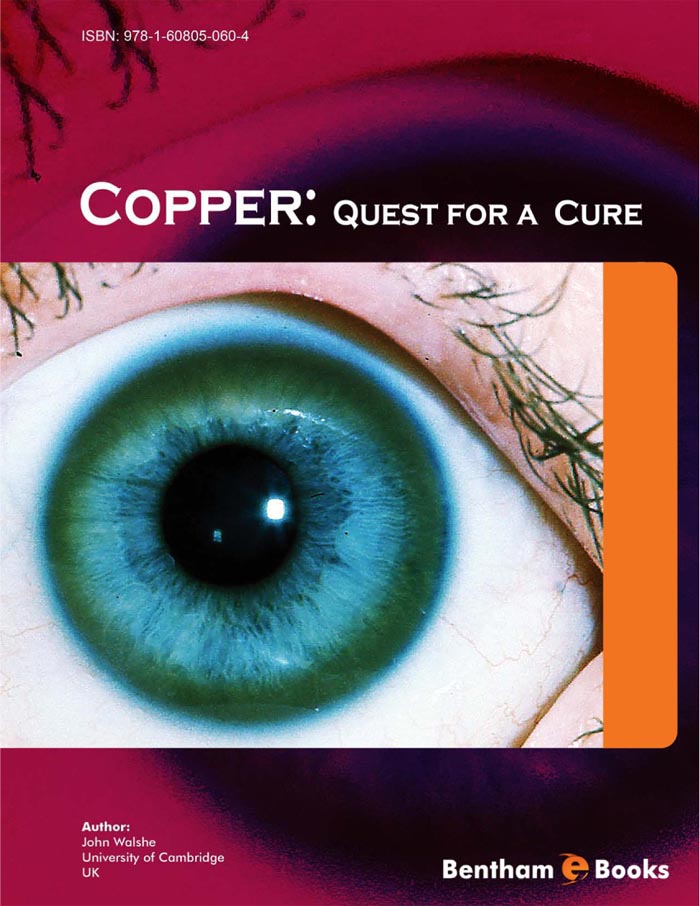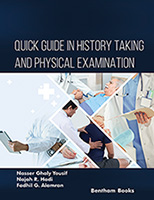Foreword
Dr John Walshe's contribution to patients with Wilson's disease is perhaps a unique example in clinical medicine, where one individual has been fundamental in the treatment and survival of patients and where a lifelong interest and commitment to such a group has achieved so much.
Early in his career, in the early 1950s, John Walshe worked in the metabolic unit at the University College Hospital, London, with Dr. Charles Dent. Later, while on a fellowship at Boston City Hospital, Massachusetts, it was a stroke of genius (he calls it 'inspiration') that led him to suggest that a urinary metabolite he had identified at UCL could be used orally as a copper chelator for a patient with Wilson's disease. As a result of this insight, D-penicillamine was introduced in 1956 to treat patients with Wilson's disease. Their previous clinical progression to death was reversed and the majority were able to survive with treatment. This was a lifesaving innovation and owes everything not only to the initial recognition of this form of treatment but also to Dr. Walshe's tenacity and drive to optimise the treatment of patients with Wilson's disease in the UK and throughout the world.
In this biography, Dr. Walshe describes the events leading up to his discovery of D-penicillamine, obstacles, which he had to overcome the development of other orally-administered drugs to treat Wilson's disease, and his personal care to patients with this rare condition, which few clinicians will have encountered in their careers. This book is a fascinating insight of basic and clinical research in the medical schools and universities of the 1950s, 60s and 70s. It documents both the rewards and also the difficulties of the Clinical and Academic Medicine.
This account will be the interest to all, who are or have been involved with patients who have Wilson's disease, as well as students of the history of medicine, particularly of clinical academic work through this extraordinary period of intellectual freedom. Such freedom blossomed in the mid 1940s, the ethos continued in subsequent decades and so does today but with often more restraints.
Dr. John Walshe deserves our deepest gratitude for all his contributions to patients with Wilson's disease, and for giving us this fascinating account of his life's work.
James Dooley
Consultant Physician Royal Free Hospital, London





